Thijs Feryn
HTTP headers that make your website go faster
#1about 5 minutes
Why reverse caching proxies are essential for performance
A reverse caching proxy sits between users and your origin server to protect it from overload and accelerate content delivery.
#2about 5 minutes
Understanding the basic Cache-Control header directives
The Cache-Control header uses directives like public, private, and max-age to define caching scope and duration for browsers and shared caches.
#3about 2 minutes
Using s-maxage to set different cache durations
The s-maxage directive allows you to set a specific time-to-live (TTL) for shared caches, which overrides the general max-age directive.
#4about 5 minutes
Optimizing revalidation with conditional requests
Use ETag and Last-Modified headers to enable conditional requests, allowing servers to respond with a 304 Not Modified to save bandwidth and resources.
#5about 3 minutes
Improving resilience by serving stale content
The stale-while-revalidate and stale-if-error directives allow caches to serve stale content while revalidating in the background or during origin failures.
#6about 3 minutes
Controlling strictness and preventing caching
Use directives like must-revalidate, no-cache, and no-store to enforce strict content freshness or prevent caching altogether for sensitive data.
#7about 2 minutes
Using the Vary header for content negotiation
The Vary header instructs caches to store different versions of a resource based on request headers like Accept-Language, enabling content negotiation.
#8about 2 minutes
Controlling multi-tier caches with surrogate headers
Surrogate-Control and Surrogate-Capability headers provide granular control over multi-tier caches and enable advanced edge computing features.
#9about 3 minutes
Composing pages at the edge with Edge Side Includes
Edge Side Includes (ESI) allow you to assemble web pages from different fragments at the cache layer, each with its own caching policy.
Related jobs
Jobs that call for the skills explored in this talk.
Matching moments
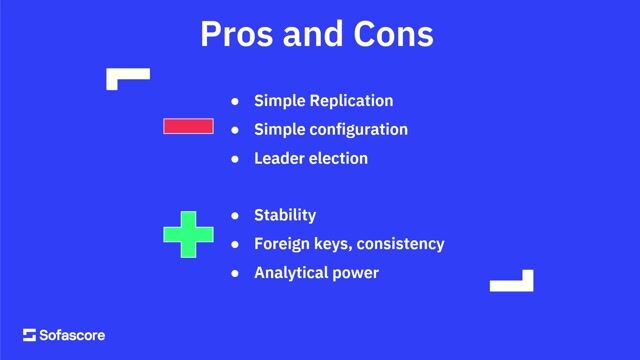
12:55 MIN
Optimizing cache efficiency with a dedicated sharded layer
Scaling: from 0 to 20 million users

07:58 MIN
Moving to the cloud and implementing Varnish cache
Scaling: from 0 to 20 million users
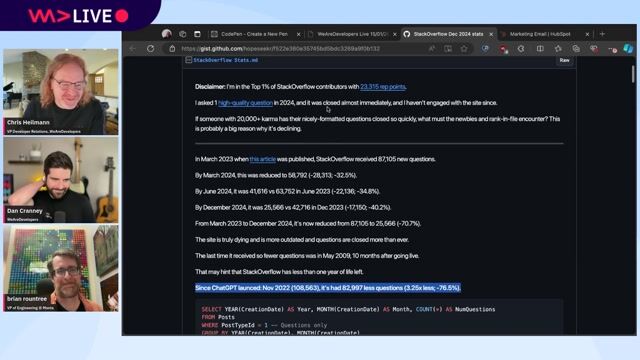
07:33 MIN
Re-evaluating the performance benefits of using a CDN
WeAreDevelopers LIVE: Scammer Payback with Python, Grok Goes Unhinged, The Future of Chromium and mo

17:09 MIN
Building offline-ready apps with a robust caching strategy
Scalable architecture for mobile apps

01:56 MIN
Using proactive and manual caching to survive traffic spikes
Scaling: from 0 to 20 million users

25:14 MIN
Q&A on SSR, caching, and accessibility
Reducing the carbon footprint of your website

32:15 MIN
Q&A on cache strategies and dynamic content
Offline first!
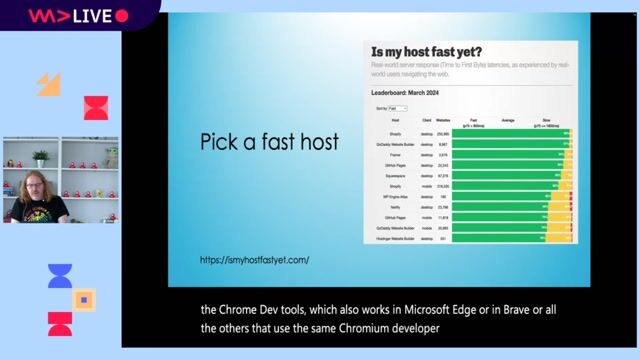
05:37 MIN
Optimizing your site's hosting and HTML head
Catching up on the basics you don't really need that much code
Featured Partners
Related Videos
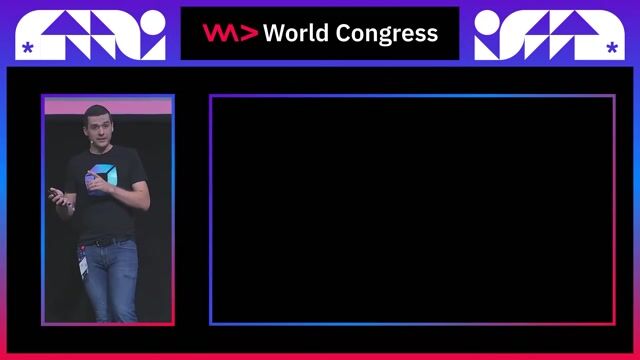 29:14
29:14Sleek, Swift, and Sustainable: Optimizations every web developer should consider
Andreas Taranetz
 44:37
44:37Advanced Caching Patterns used by 2000 microservices
Natan Silnitsky
 14:44
14:44Catching up on the basics you don't really need that much code
Chris Heilmann
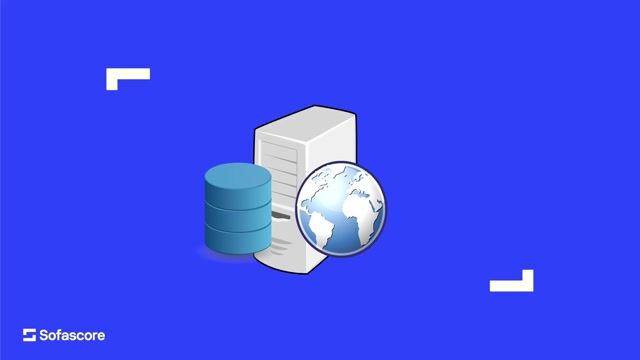 28:12
28:12Scaling: from 0 to 20 million users
Josip Stuhli
 26:44
26:44Next.js Unleashed: Optimizing Web Vitals for superior User Experience
Eileen Fürstenau
 42:04
42:04Jamstack and Web Performance, a match made in heaven
Tamas Piros
 35:53
35:53Offline first!
Rowdy Rabouw
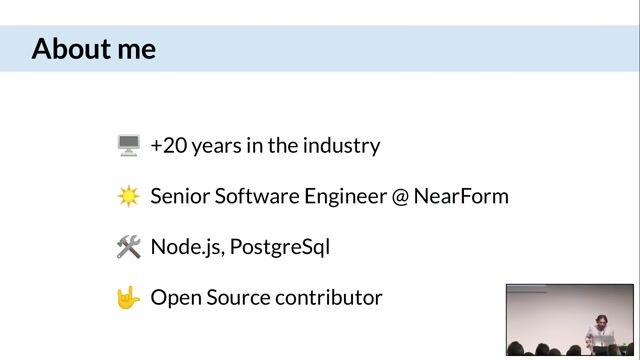 36:58
36:58Event based cache invalidation in GraphQL
Simone Sanfratello
From learning to earning
Jobs that call for the skills explored in this talk.


Full Stack Engineer
Climax.eco
Rotterdam, Netherlands
€70-100K
Senior
ETL
UX Design
PostgreSQL
Unit Testing
+1


Senior PHP Developer - Delft, NL
Online Payment Platform
Delft, Netherlands
€75-95K
Senior
PHP
MySQL
Laravel


Senior Software Engineer - Storage Optimization
CAST
Municipality of Madrid, Spain
€78-108K
API
Azure
DevOps
Python
+7










(Senior) STACKIT Cloud Database Engineer Redis / Valkey (gn)
Webseite STACKIT
Stuttgart, Germany
Senior
Redis
Grafana
Prometheus
Kubernetes


in Ede: Veelzijdige uitdaging voor medior JavaScript developer
CareerValue
Ede, Netherlands
Remote
€3-4K
Intermediate
Azure
React
Vue.js
+4


